Davy Tyre’s
The Tyre Professionals
Call us 09 836 6943
HENDERSON I AUCKLAND REGION
Passenger Vehicles
4X4 - UTE - TRUCK
Welcome Davy Tyres.
Trained specialists
to help give you the best advice
Your Advantage Tyres Henderson store is owned and operated by James Hunt. The Henderson store opened in 1998 (as Central Park Tyres) and they have a team of trained specialists to help give you the best advice in the selection and fitting of tyres to give you the best performance and value for money.
The Advantage Tyres Henderson store has one truck bay, three car bays and two fleet trucks to efficiently service vehicles of any size. Advantage Tyres Henderson is also a licensed Shock Shop.
Contact Charlie and the team today for reliable tyre solutions for your vehicle.
Welcome Davy Tyres.
Trained specialists
to help give you the best advice
our Advantage Tyres Henderson store is owned and operated by James Hunt. The Henderson store opened in 1998 (as Central Park Tyres) and they have a team of trained specialists to help give you the best advice in the selection and fitting of tyres to give you the best performance and value for money.
The Advantage Tyres Henderson store has one truck bay, three car bays and two fleet trucks to efficiently service vehicles of any size. Advantage Tyres Henderson is also a licensed Shock Shop.
Contact Charlie and the team today for reliable tyre solutions for your vehicle.
Comprehensive Tyre, Workshop & Shock Services
Advantage Tyres provide professional service and advice for vehicles of all shapes and sizes.
We are equipped with the knowledge and equipment to keep your vehicle moving. Whether you have a tyre problem or service need our team will have the solution.
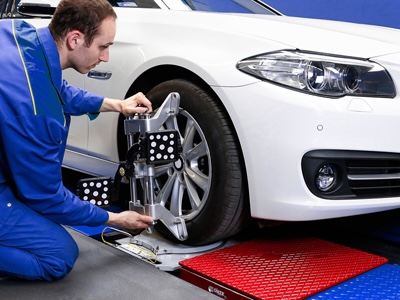
WHEEL ALIGNMENT
Regular wheel alignments will improve fuel economy and are essential for even tyre wear, which will give your tyres a longer life.

SUSPENSION
We can help you out with minor WOF suspension/ brake or driveline issues as well as major upgrades or performance enhancements to your vehicle.

TYRE RETREADING
Extend the life of your truck & bus tyre casings by retreading them multiple times, reducing your tyre costs and contributing to sustainable transport.
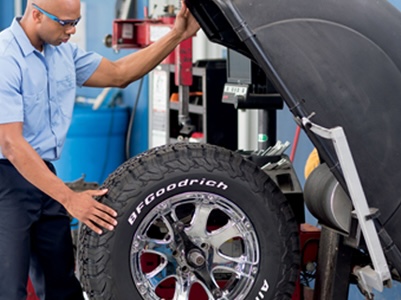
WHEEL BALANCING
Our experienced technicians smooth out bumps and vibrations for a comfortable ride.

TYRE REPAIR
Some damage is not obvious – don’t attempt to repair a tyre yourself. Come in to your nearest Advantage Tyres store and our experienced team will check it over and help get you sorted.
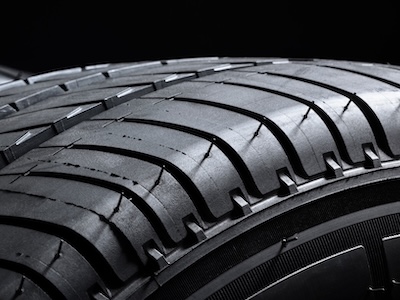
NEW TYRES & FITTING
We a hugr rahe of new tyres & a team of professional service technicians to fit your fast tyres onsite.
📞 Contact us today to discuss your project and discover the perfect shading solution for your space.

Catering for cars,
bikes, 4X4 &
trucks of any size.
The shop is equipped with up to date wheel alignment equipment and technicians with extensive knowledge and experience.
For customer convenience a waiting room facility is provided with hot or cold drinks available while their vehicles are being serviced. There is also a drop off and pick up service available for customers who work locally, so their vehicle is taken care of while they take care of business. Commercial fleet and heavy machinery operators are also catered for.
Our Tyre Products:
Our aim is to provide our customers with quality tyre products for all their requirements,
becoming a “One-Stop-Shop” option.
We can provide a range of tyres for all vehicle types from budget through to premium

CAR
It’s important to ensure you have the right tyres fitted to your vehicle, we offer a wide range of tyres to suit any car no matter what your needs or budget may be.

SUV
Advantage Tyres has a broad range of SUV tyres to suit whatever your driving needs may be.
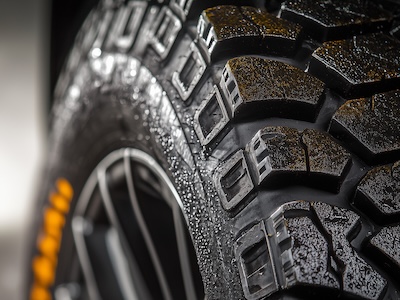
4X4 / OFF-ROAD
For those looking for rugged dependability or simply to get off the beaten track, Advantage Tyre Professionals has a wide range of off-road 4×4 and 4WD tyres.
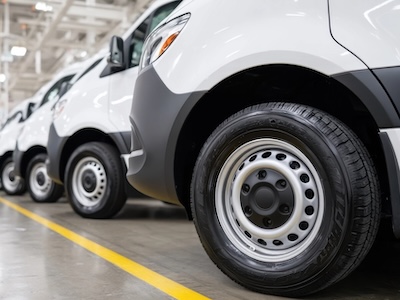
LIGHT TRUCK & VAN
Productivity, safety, reliability, longevity and fuel savings are the major benefits you can expect from a quality MICHELIN or BFGoodrich tyre. You can find these brands at your nearest Advantage Tyres store.

TRUCK & BUS
Whether you need tyres for one truck or for a fleet with dozens of vehicles we all want the same things: minimal breakdowns, excellent value for money and driver safety.

AGRICULTURE
Designed for all applications and machines, MICHELIN has developed a comprehensive range of tyres, providing a definitive response to farmers’ needs.
📞 Contact us today to discuss your project and discover the perfect shading solution for your space.
Contact Davy Tyres.
For a FREE Quote, booking or general enquiry complete our form or
Call: 09 836 6943
Davy Tyre’s
The Tyre Professionals
Delivering exceptional service and
premium-quality tyre solutions.
Servicing
Auckland Region
Services
Retreads
Wheel Balancing
Tyre FREE Safety Checks
Regrooving
On-Site Fleet Care
Contact
131 Central Park Drive, Henderson Auckland, New Zealand.
Phone : 09-836-6943
Products
Car
Ute – 4X4
Van – Truck
Industrial – Commercial
